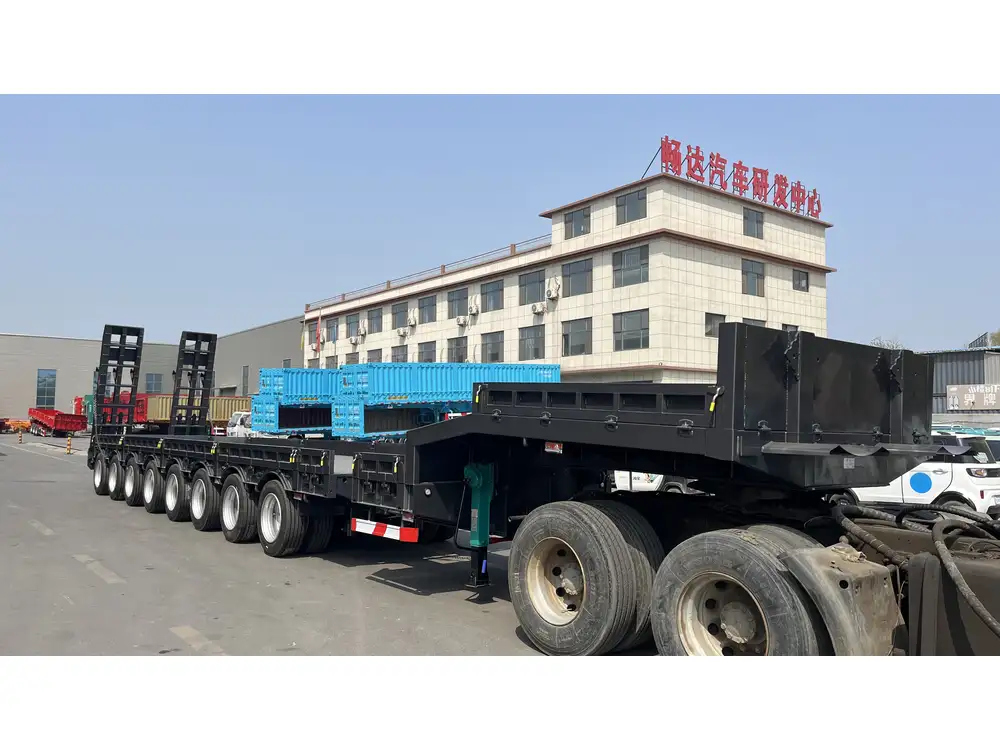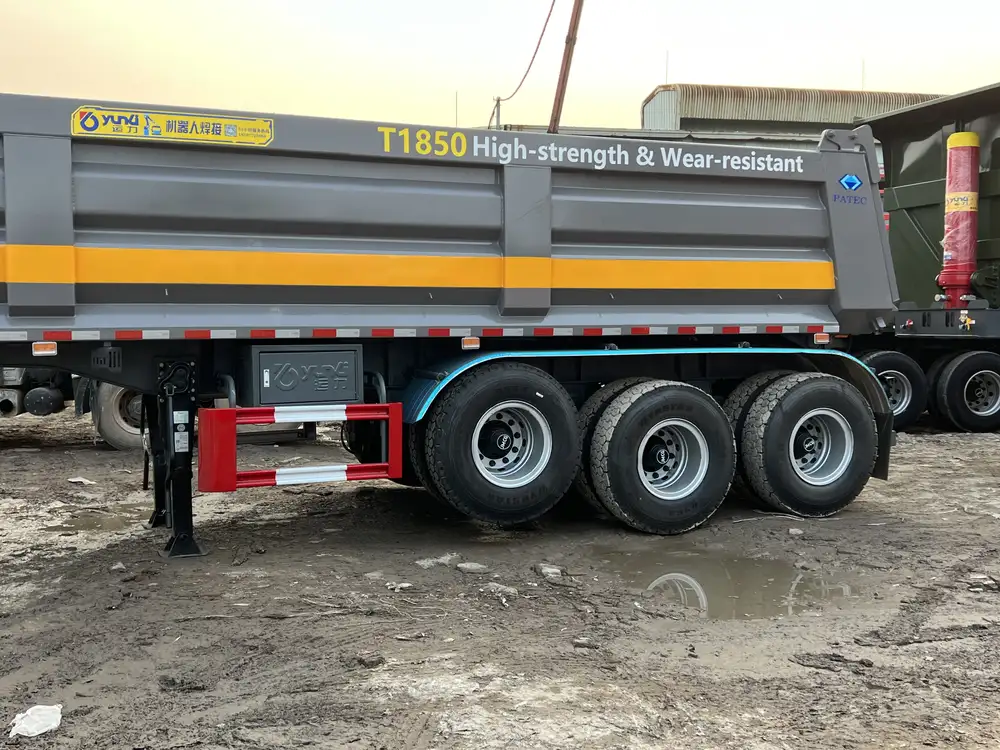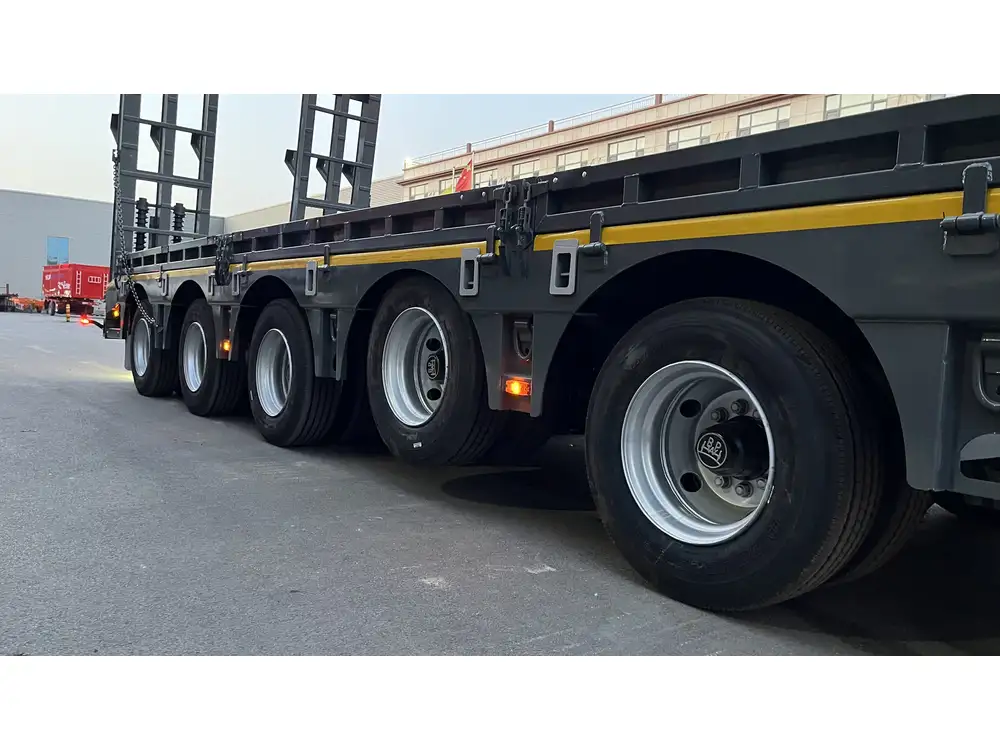In the world of agriculture and transportation, semi milk tank trailers play a crucial role in the efficient and safe conveyance of liquid dairy products from farms to processing facilities. One of the most pertinent questions regarding these trailers is, “how many gallons does a semi milk tank trailer hold?” Answering this requires delving deeper into the various types of milk tank trailers, their capacities, and the factors that influence these capacities.
Typical Capacities of Semi Milk Tank Trailers
Semi milk tank trailers come in various shapes, sizes, and configurations. Understanding their capacities is vital for farmers, dairy cooperatives, and trucking companies involved in the transport of dairy products. Here’s a breakdown of typical milk tank trailer capacities:
| Trailer Type | Capacity (Gallons) | Common Uses |
|---|---|---|
| Standard Milk Tank | 5,000 – 8,500 | General dairy transport |
| Large Capacity Milk Tank | 9,000 – 11,600 | High-volume dairy farms |
| Specialty Milk Tank | 4,000 – 6,000 | Smaller farms or niche dairy products |
| Insulated Milk Tank | 5,000 – 10,000 | Transporting milk with temperature control |
Factors Influencing Capacity
Design and Structure: The overall design of the trailer can significantly affect capacity. Cylindrical shapes tend to hold more volume than flatter or irregular shapes.
Material: Milk tank trailers are primarily constructed from stainless steel, which not only prevents contamination but also contributes to the trailer’s weight and capacity.
Regulatory Compliance: Depending on the region, there may be restrictions on the maximum volume that can be transported in a single trip, affecting the design of these trailers.

Understanding the Measurement Units
To comprehend the capacity of semi milk tank trailers, familiarity with measurement units is essential. The gallons measurement is an important metric in North America. Below are the conversion rates that might prove useful:
| Measurement | Gallons | Liters |
|---|---|---|
| 1 Gallon (US) | 1 | 3.785 |
| 1,000 Gallons | 1,000 | 3,785.41 |
| 5,000 Gallons | 5,000 | 18,927.1 |
| 10,000 Gallons | 10,000 | 37,854.1 |
To put it into a broader context, a standard medium-duty semi milk tank trailer can hold anywhere between 5,000 to 10,000 gallons of milk, catering to the varying demands of transport logistics.
Key Features of Semi Milk Tank Trailers
Understanding the features of milk tank trailers is essential for anyone involved in dairy transport. The right trailer not only affects capacity but also assures product quality and safety.
1. Insulation
Insulation is crucial for maintaining temperature, fulfilling health regulations, and ensuring product quality. Many milk trailers are equipped with insulation to keep the milk at optimal temperatures during transport. In hotter climates, strict temperature control becomes even more important.

2. Pumps and Valves
Efficient loading and unloading processes are facilitated by various pumps and valves integrated into the trailer. These systems influence not only speed but also sanitation, as poorly designed systems can lead to contamination.
3. Material Composition
Manufacturers often use food-grade stainless steel for its non-reactive properties and ease of cleaning. This is especially significant given the stringent health guidelines surrounding the dairy industry.
4. Weight Distribution
The way weight is distributed across the tank can impact vehicle handling and safety. Most manufacturers design semi milk tank trailers to allow for optimal weight distribution for easier maneuverability.

The Importance of Customization
Tailoring to Specific Needs
Each dairy operation is unique. As such, trailer manufacturers often offer customizable features tailored to an operation’s specific needs:
- Volume Adjustments: Adjusting tank sizes based on the farm’s output.
- Advanced Insulation: For regions with extreme temperatures, custom insulation can be a game-changer.
- Innovative Containment: Added features to prevent spillage and maintain safety regulations.
This emphasis on customization ensures that dairy businesses maximize efficiency through tailored solutions, addressing both capacity and functionality.
Maintenance and Compliance

Performing Regular Checks
Maintenance is key to ensuring the longevity and efficiency of semi milk tank trailers. Regular checks can avoid costly repairs down the line and ensure compliance with health codes. Essential maintenance practices include:
- Internal Inspections: Look for cracks, rust, or contamination signs.
- Temperature Monitors: Regularly verify that insulation is performing well.
- Pump Functions: Ensure that the pumping system is functioning smoothly.
Health and Safety Regulations
The dairy industry is highly regulated. Each state or country has its own set of rules governing the transport of milk, including maximum allowable capacities and temperature requirements. Understanding these regulations is not only essential for compliance but also for the successful operation of dairy transport services.
Cost-Benefit Analysis of Investment in Semi Milk Tank Trailers

Factors to Consider
Investing in a semi milk tank trailer is no small commitment. A thorough cost-benefit analysis can help determine whether the investment aligns with one’s operational goals. Considerations include:
Initial Cost vs. Long-Term Benefits: While a custom trailer might have a high upfront cost, long-term savings can be realized through increased operational efficiency and capability.
Resale Value: The market for used semi milk tank trailers can often yield good returns, depending on maintenance history and condition.
Fuel Efficiency: Transporting larger volumes can lead to fewer trips, which translates to reduced fuel costs.
| Investment Aspect | Initial Cost | Long-Term Benefits |
|---|---|---|
| Customization | High | Tailored efficiency solutions |
| Insulation | Medium | Quality maintenance assurance |
| Advanced Pumps | Medium | Improved loading/unloading efficiency |
| Compliance Features | Variable | Avoidance of fines and penalties |
Conclusion
Understanding the capacities, features, and maintenance requirements of semi milk tank trailers provides critical insights for those in the dairy industry. From ensuring safe transport to maximizing efficiency, knowledge of these trailers is paramount. The next time you ask, “How many gallons does a semi milk tank trailer hold?,” remember that the answer is intricately tied to design, operational needs, and compliance regulations.
By considering these factors, dairy operators can make informed decisions regarding their transport needs, optimizing their operations while ensuring product integrity throughout the process. Whether you’re a farmer, distributor, or involved in logistics, being well-versed in the capabilities of semi milk tank trailers can be the key to success in the ever-evolving world of dairy transport.



